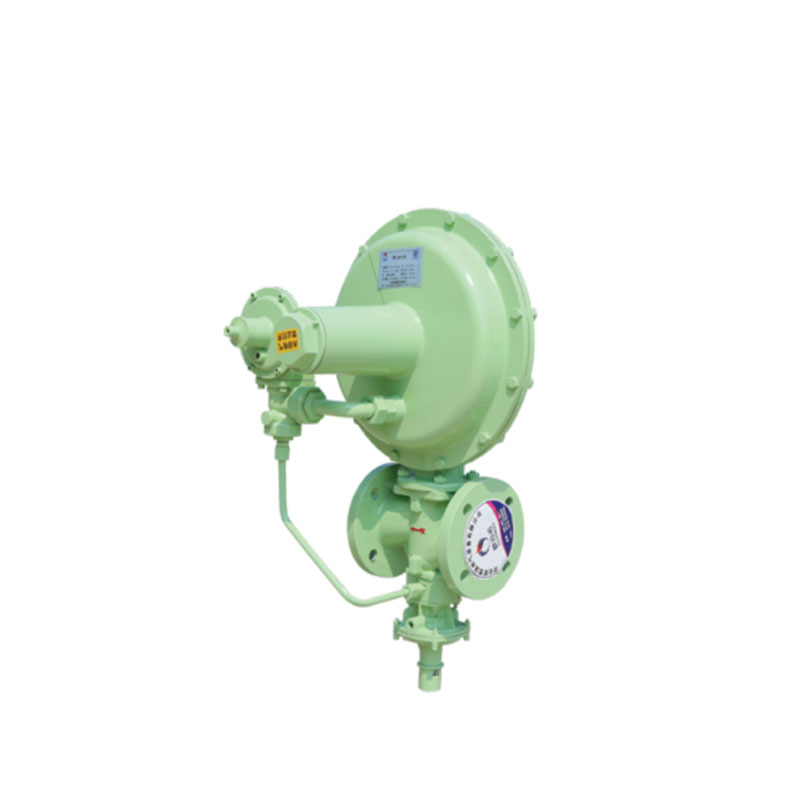
Sep . 28, 2024 06:12
Back to list
Gas Safety Valve Ensuring Safe Operations in Gas Systems
Understanding Gas Safety Valves A Critical Component for Safe Gas Systems
Gas safety valves play a crucial role in the safe operation of various gas systems, whether they are found in residential, commercial, or industrial settings. These devices are designed to prevent excessive pressure buildup and ensure that gas flows safely and efficiently. Understanding their function, significance, and the best practices for their use can help prevent catastrophic incidents and enhance overall safety.
What is a Gas Safety Valve?
A gas safety valve is a mechanical device that functions to control the pressure of gas within a system. It is typically installed on gas equipment such as boilers, furnaces, and pipelines, where it monitors internal pressure levels. If the pressure exceeds a predetermined threshold, the valve automatically opens to release excess gas, preventing potential hazards such as explosions, fires, and equipment damage.
Gas safety valves are engineered to operate under various conditions and are subject to rigorous testing and standards to ensure their reliability. Common types of gas safety valves include pressure relief valves, blow-off valves, and automatic shut-off valves. Each type serves a specific purpose, and the choice of valve depends on the application, pressure requirements, and safety regulations.
Why Are Gas Safety Valves Important?
The importance of gas safety valves cannot be overstated. They serve as the first line of defense against potential gas-related accidents. In residential settings, a malfunctioning gas appliance could lead to dangerous pressure buildup, posing a severe risk to occupants. In industrial environments, the consequences of an uncontrolled gas release can be even more disastrous, leading to loss of life, environmental damage, and significant economic costs.
.
Best Practices for Gas Safety Valve Maintenance
صمام أمان الغاز

To ensure that gas safety valves operate effectively, regular maintenance and inspections are essential. Here are some best practices to follow
1. Routine Inspections Regularly inspect gas safety valves for signs of wear, corrosion, or damage. Look for any leaks that may indicate a malfunction. Inspections should be performed according to the manufacturer's recommendations and applicable regulations.
2. Testing and Calibration Conduct routine testing and calibration of the valves. This may involve manually triggering the valve to ensure it opens at the correct pressure. Calibration should be carried out by qualified personnel familiar with the specific requirements of the gas system.
3. Cleanliness and Environment Keep the area around the safety valve clean and free from obstructions. Dust, debris, or corrosive substances can impede the valve's function. Ensure that the environment around the valve is conducive to its operation, especially in industrial settings.
4. Replacement and Documentation If a valve is found to be defective or if its certification has expired, it should be replaced immediately. Keep documentation of inspections, tests, and replacements to track the maintenance history of the gas system.
5. Professional Assistance Engage qualified professionals for installation and maintenance to ensure that all work complies with safety standards and regulations. They have the expertise needed to identify potential issues that may not be apparent to the untrained eye.
Conclusion
Gas safety valves are indispensable in maintaining the health and safety of gas systems. Their ability to control pressure and prevent hazardous situations makes them a vital aspect of modern infrastructure. By understanding their importance and implementing best practices in maintenance, we can significantly reduce the risks associated with gas systems. Safety should always be a priority, and investing time and resources into proper gas safety valve management will safeguard lives and property for years to come.
Latest news
-
Safety Valve Spring-Loaded Design Overpressure ProtectionNewsJul.25,2025
-
Precision Voltage Regulator AC5 Accuracy Grade PerformanceNewsJul.25,2025
-
Natural Gas Pressure Regulating Skid Industrial Pipeline ApplicationsNewsJul.25,2025
-
Natural Gas Filter Stainless Steel Mesh Element DesignNewsJul.25,2025
-
Gas Pressure Regulator Valve Direct-Acting Spring-Loaded DesignNewsJul.25,2025
-
Decompression Equipment Multi-Stage Heat Exchange System DesignNewsJul.25,2025

